
How to Grow Out Bangs Gracefully: Styling Tips for Every Stage | The Ultimate Hair Guide
11 min read

11 min read

10 min read

9 min read

13 min read

13 min read

13 min read
In the ever-evolving world of hair care, where shelves are stocked with high-tech polymers and synthetic glosses, one ancient remedy has maintained its stronghold as a cult favorite among stylists and trichologists alike: Apple Cider Vinegar (ACV). While the idea of pouring salad dressing ingredients onto your head might seem counterintuitive initially, the science supporting an Apple Cider Vinegar rinse for hair is robust, focusing primarily on pH balance and microbial health. For decades, people have utilized this fermented apple juice not just as a health tonic, but as a powerful clarifying agent capable of transforming dull, lifeless strands into glossy, manageable hair.
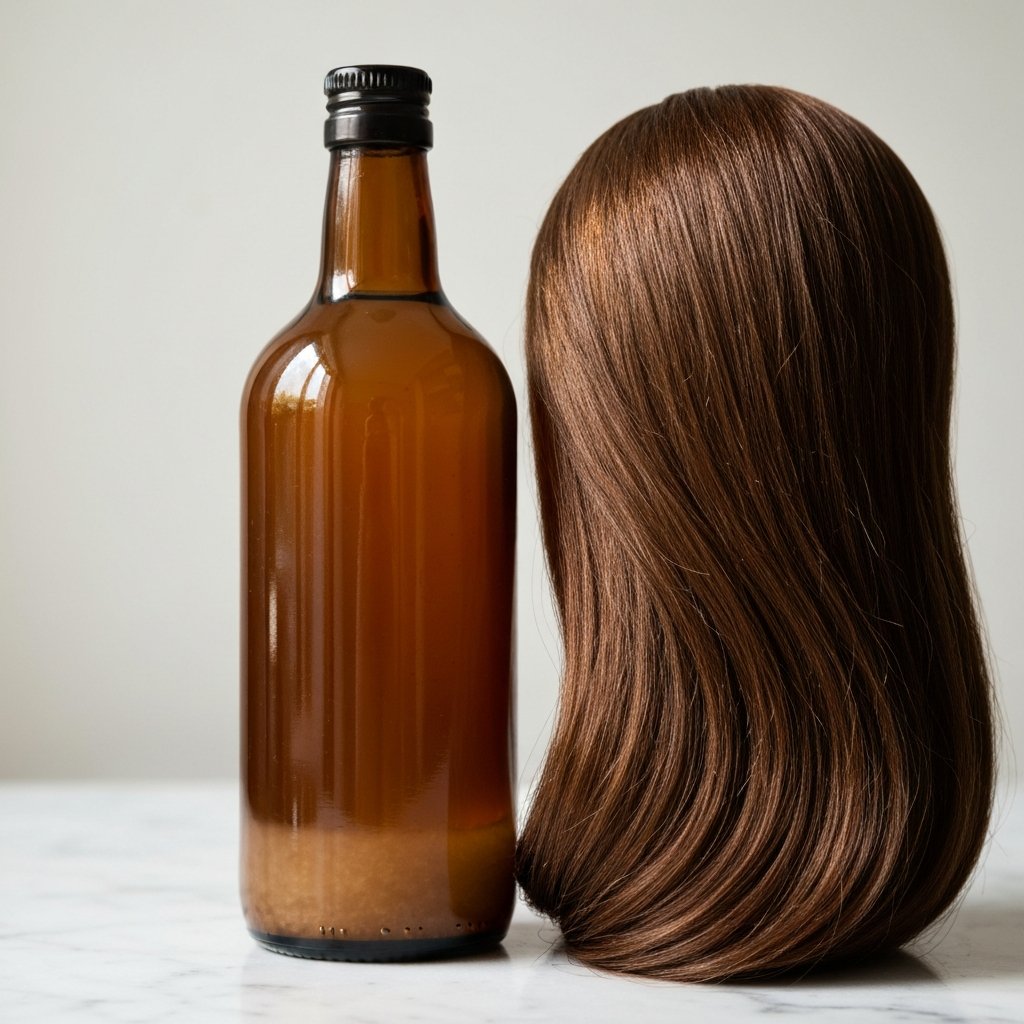
However, the resurgence of natural remedies often brings with it a wave of misinformation. Social media trends can sometimes encourage dangerous practices, such as applying undiluted vinegar directly to the scalp, which can lead to chemical burns and severe dryness. Understanding the nuance between a beneficial treatment and a damaging experiment is crucial for maintaining hair integrity. This comprehensive guide explores the specific benefits, potential risks, and the scientifically proper dilution methods required to make an Apple Cider Vinegar rinse a safe and effective part of a hair care routine.
Whether dealing with chronic product buildup, an itchy scalp, or simply seeking that elusive mirror-like shine, understanding the mechanism of ACV is the first step. This article delves deep into the chemistry of hair, the biological response of the scalp, and the practical application techniques that professional stylists recommend for at-home care.
To understand why Apple Cider Vinegar is effective, one must first understand the concept of pH (potential of hydrogen). The pH scale ranges from 0 to 14, with 0 being highly acidic, 7 being neutral (like water), and 14 being highly alkaline. The natural pH of the human scalp and hair shaft typically hovers between 4.5 and 5.5. This slightly acidic environment is the sweet spot where the hair cuticle—the protective outer layer of the hair strand—lies flat and smooth.
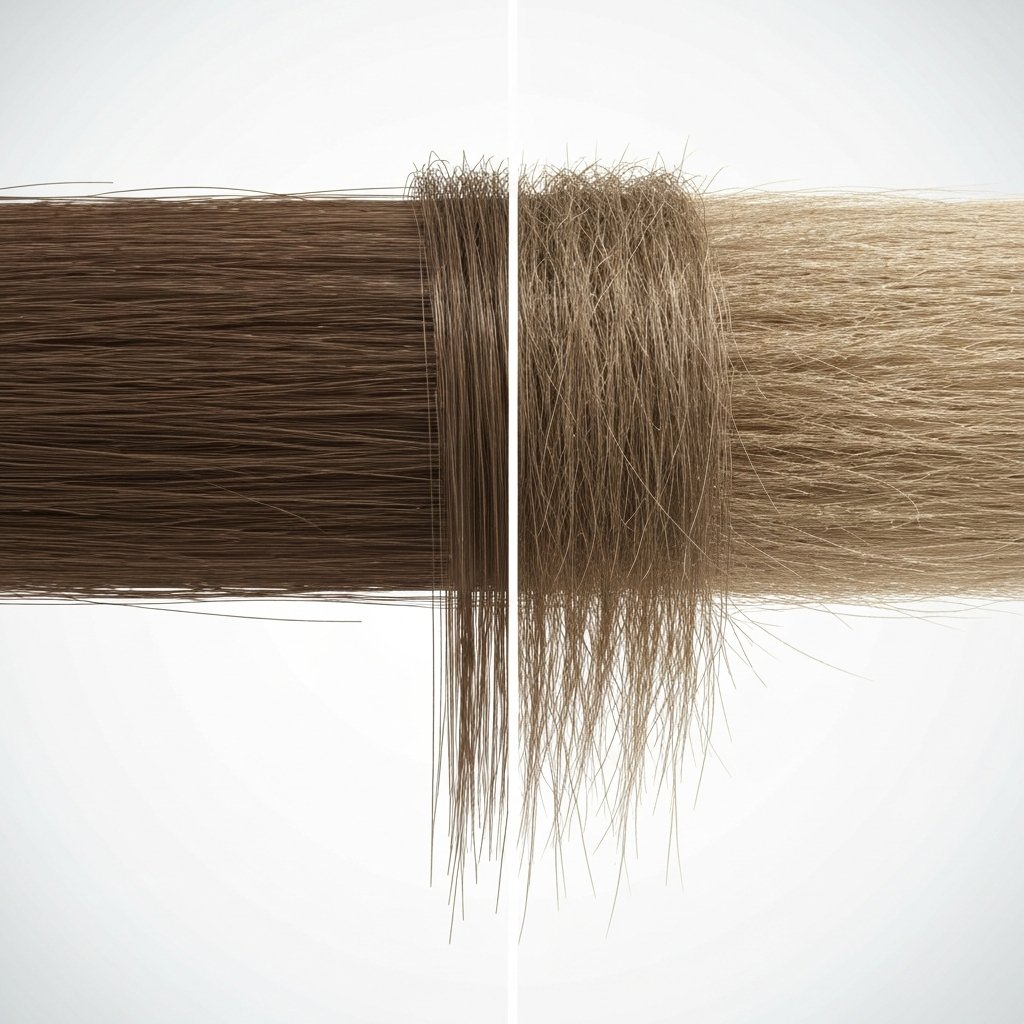
Many commercial shampoos, chemical treatments, and even tap water tend to be more alkaline. Water usually has a pH of around 7.0, and some harsher shampoos can range from 8.0 to 9.0. When hair is exposed to alkaline substances, the cuticle scales lift and swell. This reaction causes friction between strands, leading to tangles, frizz, moisture loss, and a dull appearance because rough surfaces do not reflect light efficiently. Furthermore, a disrupted acid mantle on the scalp can create a breeding ground for bacteria and fungi.
Apple Cider Vinegar, with a pH of approximately 2.0 to 3.0, acts as an acidifier. When properly diluted, an ACV rinse lowers the pH of the hair and scalp, helping to re-establish the natural acidic balance. This reaction forces the cuticle scales to close and lie flat against the hair shaft. The result is smoother hair that retains moisture better and reflects light with greater intensity, creating that coveted healthy shine. By mechanically sealing the cuticle, ACV also helps to lock in color molecules and conditioning agents applied previously.
Beyond the cosmetic appearance of the hair strand, Apple Cider Vinegar offers significant therapeutic benefits for the scalp. A healthy scalp is the foundation of healthy hair growth, and many common hair issues—such as thinning, breakage, and lack of volume—can be traced back to poor scalp conditions. One of the primary advantages of ACV is its antimicrobial and antifungal properties.
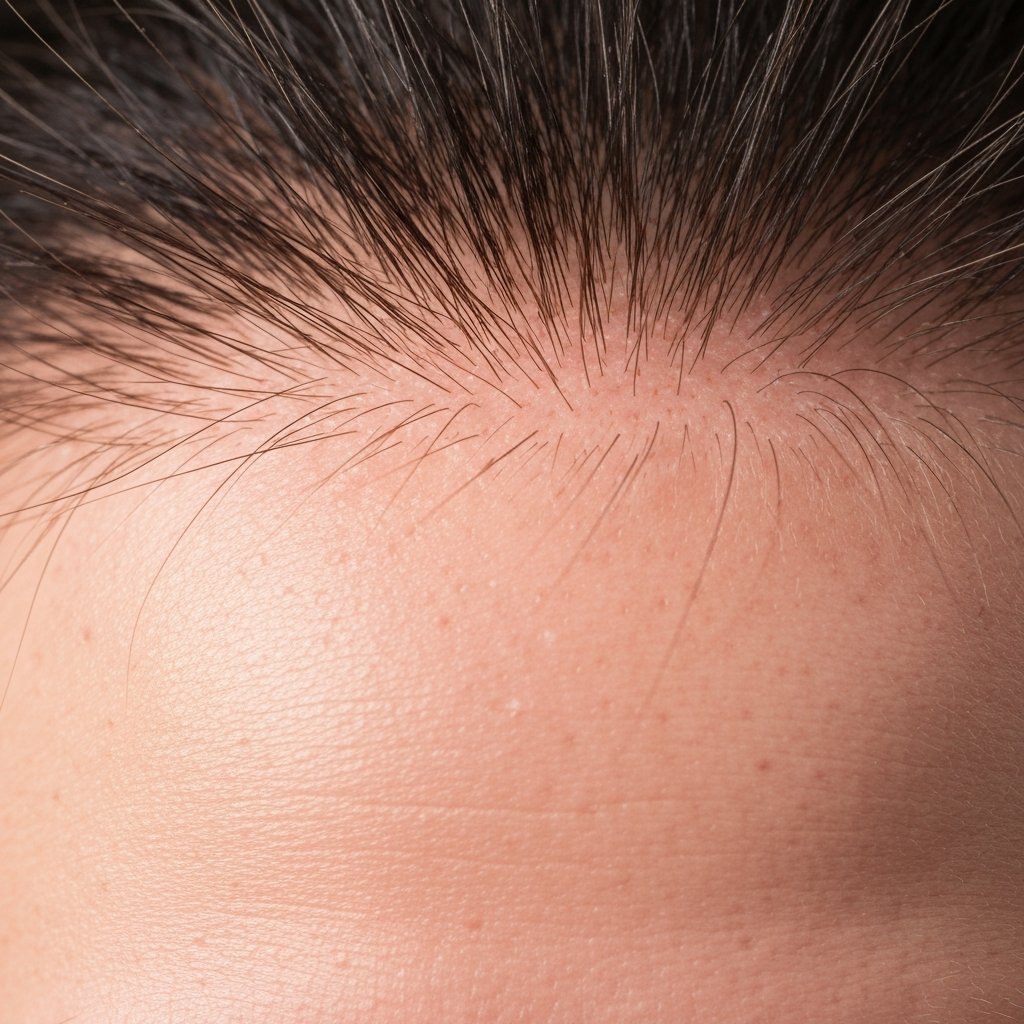
In today's hair care landscape, individuals often use a multitude of products: leave-in conditioners, heat protectants, styling mousses, dry shampoos, and hairsprays. While these products help achieve desired looks, they often leave behind stubborn residue that regular sulfate-free shampoos cannot fully remove. This is known as product buildup, which coats the hair strand, making it feel heavy, waxy, and limp. It can also block moisture from penetrating the hair shaft, leading to chronic dryness.
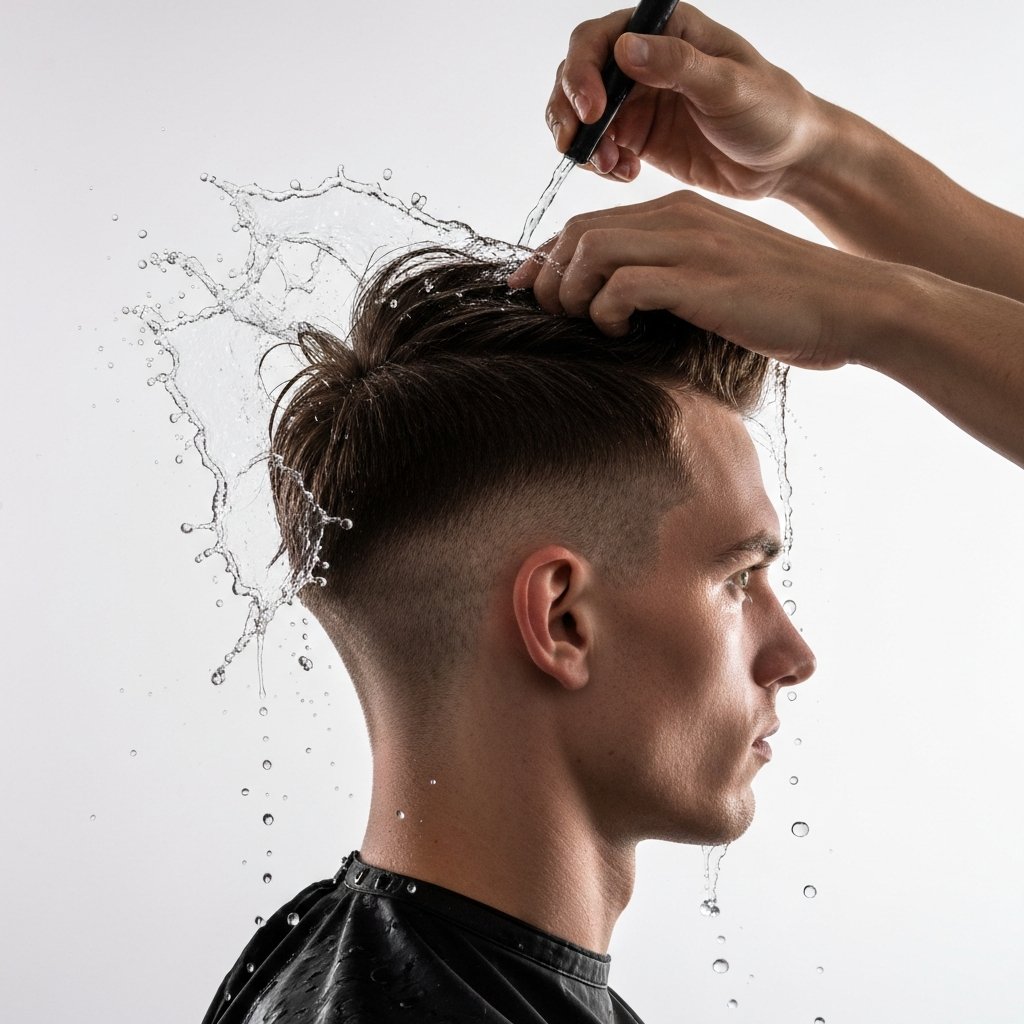
An Apple Cider Vinegar rinse acts as a natural chelating agent. The acidity helps to break down the mineral deposits and product residue, effectively stripping the hair of these impurities without stripping away the natural oils necessary for elasticity. This "reset" allows the hair to breathe and ensures that subsequent conditioning treatments can penetrate effectively. For those who live in hard water areas, incorporating an ACV rinse is often the missing link in their hair care regimen.
The most immediate visual benefit of an Apple Cider Vinegar rinse is the enhancement of shine and texture. As discussed in the section on pH, the flattening of the cuticle is key. When the cuticle is raised (due to alkaline products or damage), the hair surface is rough. Rough surfaces absorb light rather than reflecting it. Conversely, a smooth cuticle acts like a mirror.

While Apple Cider Vinegar is a natural product, "natural" does not always equate to "harmless." Acetic acid is a potent compound, and misuse can lead to adverse effects that are counterproductive to hair health. It is vital to approach ACV treatments with caution and awareness of the risks involved.
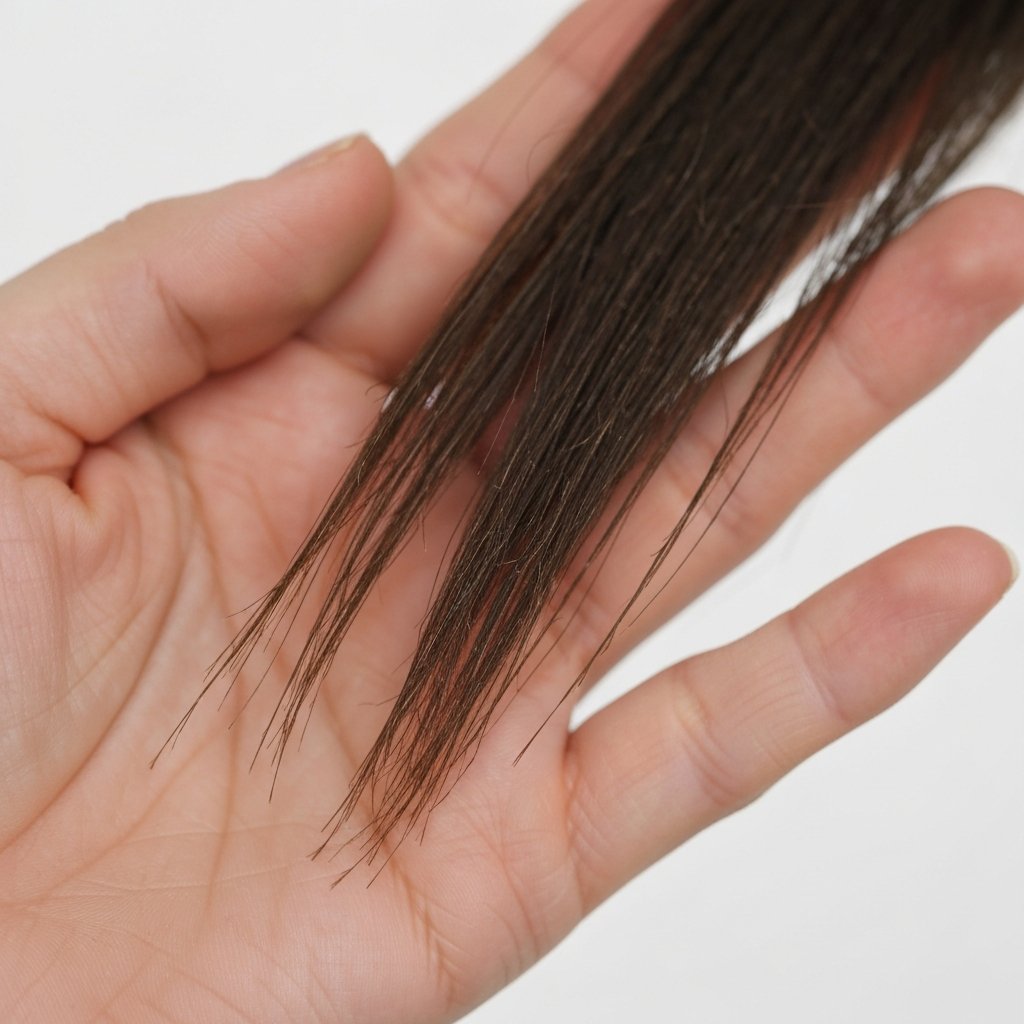
The difference between a miracle treatment and a disaster lies entirely in the dilution. Professional stylists universally agree that ACV must be heavily diluted with water before touching the hair. The goal is to create a solution that mimics the ideal pH of hair (4.5-5.5), not to shock it with high acidity.
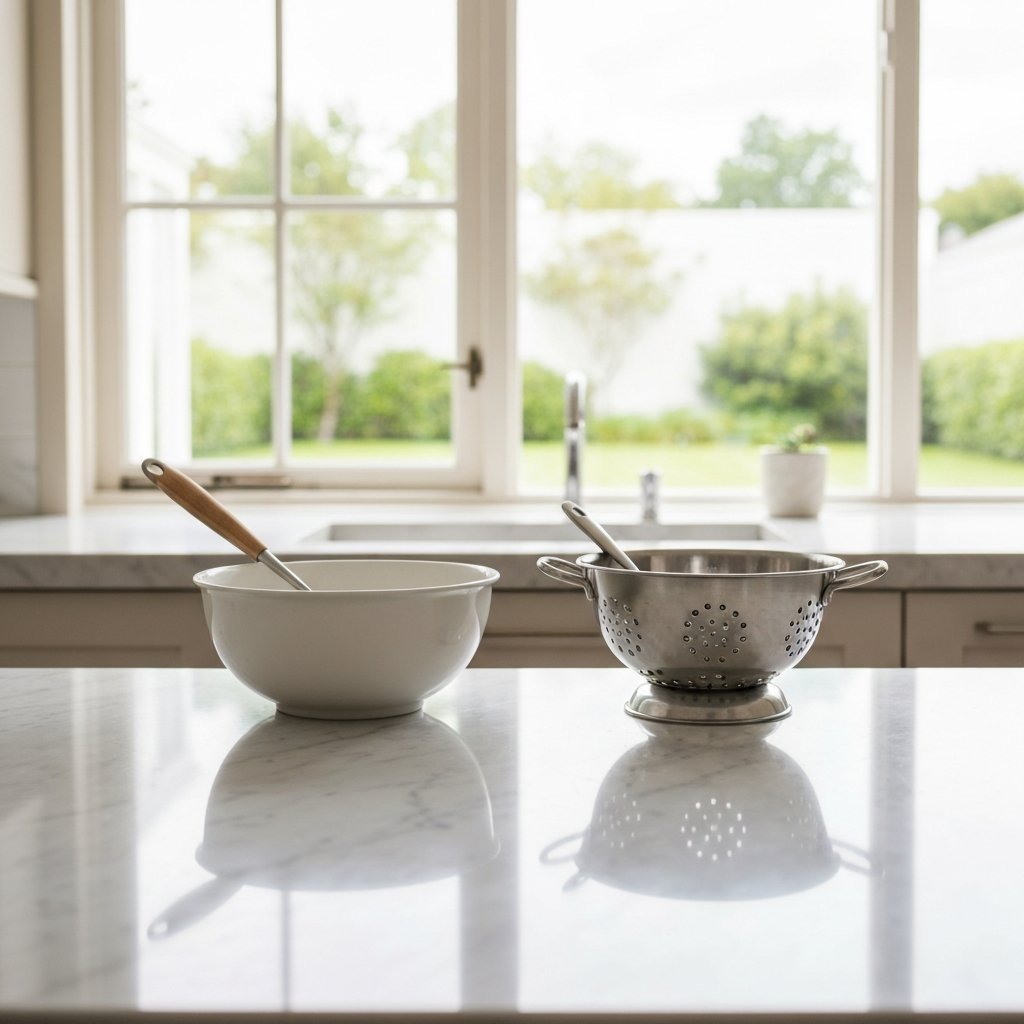
For beginners, start with 1/2 tablespoon of ACV per 1 cup of water. As the scalp adjusts, this can be increased to 1 or 2 tablespoons per cup of water, but generally, exceeding this amount yields diminishing returns and increases the risk of irritation.
While Apple Cider Vinegar is a fantastic at-home maintenance tool, it is not a replacement for professional salon treatments in all scenarios. Professional clarifying services often utilize chelating agents that are more sophisticated and targeted than vinegar. For example, a swimmer with green-tinted hair from chlorine, or someone with severe hard water mineral buildup that has hardened over years, will likely need a professional-grade chelating treatment (often involving Vitamin C or EDTA) to fully rectify the issue.

Think of ACV as a weekly or bi-weekly maintenance step—like brushing teeth—whereas a professional clarifying treatment is like a dental cleaning. If hair feels gummy, excessively tangled, or if hair color is looking muddy despite home remedies, it is time to consult a stylist. They can assess the hair's porosity and elasticity to determine if a stronger treatment is safe or if a moisturizing recovery plan is needed first.
To maximize the benefits of the Apple Cider Vinegar rinse while minimizing the "vinegar" experience, consider these expert tips:

Q: Will my hair smell like a salad dressing afterwards? A: While the smell is potent during application, it dissipates almost entirely once the hair dries. Adding essential oils to the mixture or using a fragrant leave-in conditioner can eliminate any lingering notes.

Q: Can I use white vinegar instead of apple cider vinegar? A: It is not recommended. White vinegar is typically more acidic and lacks the beneficial enzymes and nutrients found in raw ACV. It is much harsher on the hair strands.
Q: Is ACV safe for keratin-treated hair? A: Generally, yes, because it is not a sulfate or salt. However, because it is an exfoliant, it's best to consult with the stylist who performed the keratin treatment. In the first two weeks after a keratin treatment, it is usually best to avoid all unnecessary products.
Q: Can I leave the ACV rinse in my hair overnight? A: No. ACV is acidic and should be rinsed out after a few minutes. Leaving it on for extended periods can lead to protein damage and extreme dryness.
Q: Does ACV help with hair loss? A: Indirectly, yes. By creating a healthy scalp environment, reducing inflammation, and clearing clogged follicles, ACV supports healthy hair growth. However, it is not a cure for genetic hair loss or internal medical issues.
Q: Can I mix baking soda with my ACV rinse? A: Absolutely not. Baking soda is highly alkaline (pH 9) and is very abrasive. While the fizzing reaction looks like it's cleaning, combining them neutralizes the benefits of the ACV and the baking soda can severely damage the hair cuticle and disrupt the scalp barrier.
Apple Cider Vinegar is more than just a kitchen staple; it is a versatile, scientifically-backed tool for achieving beautiful, healthy hair. By understanding the delicate balance of pH and the importance of proper dilution, anyone can harness the power of ACV to combat dandruff, increase shine, and clarify the scalp. However, like all potent beauty treatments, respect for the ingredient is key. Start with a weak dilution, listen to how the hair responds, and enjoy the natural luster that comes from a balanced, healthy cuticle. For those struggling with persistent scalp issues or buildup, remember that home remedies are best used in conjunction with the advice of professional stylists who can guide you toward your best hair days.

11 min read

10 min read

9 min read